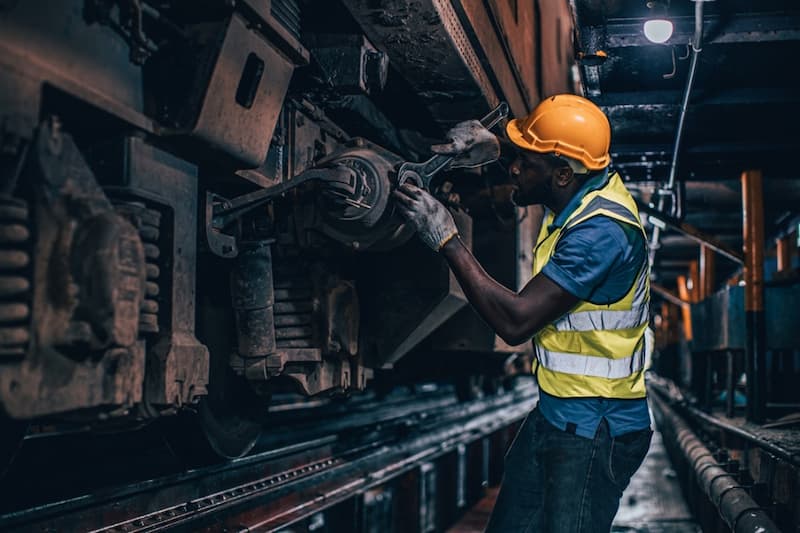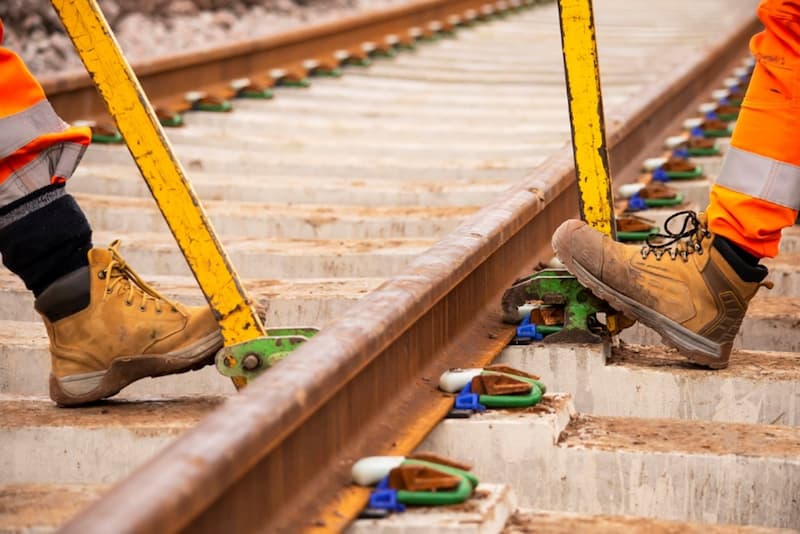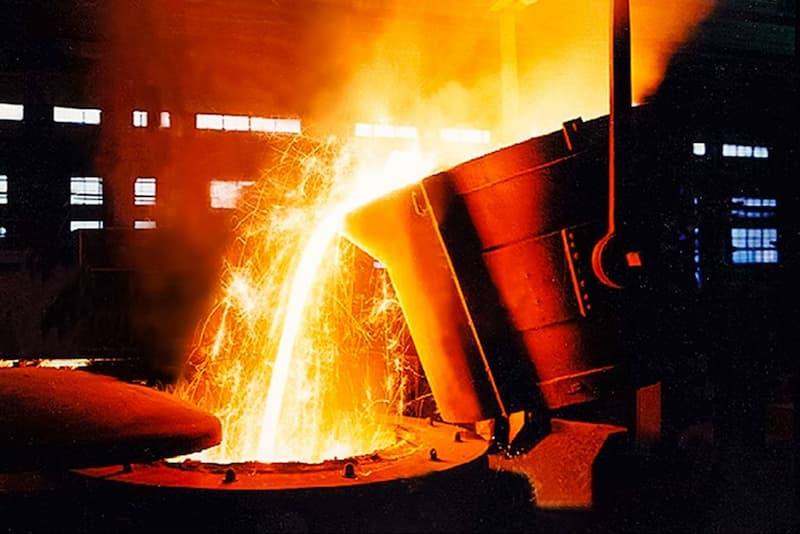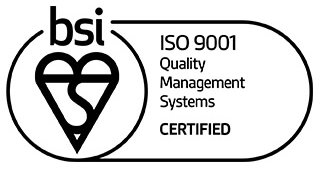How Important Is Metal Casting for the Railway Sector?
With the versatility of processes such as investment and die casting, there is an immense number of applications for cast components in the rail sector. Whether it’s the construction of the vehicles themselves or the infrastructure they use, you’ll find cast or forged parts in almost every part of the sector.

Investment casting for Railways
Investment casting is a process that creates detailed and intricate metal parts that combine significant design flexibility with an excellent dimensional accuracy often required for heavy machinery and infrastructure in this sector. These are some examples of where we would use this casting method:
- Various signalling structures, such as signalling valves and arcing horns.
- Train engine and car components like axle boxes, axle box housing units, brake callipers, and hinges require the complex geometries allowed through this casting.
- Interior decorative components for passenger trains, including interior metal trim, handrail fittings, and seat brackets.
- Suspension parts, including wheel sets and bogie frames, are examples of suspension parts made this way.
While this method is effective, it is generally used for lower-volume production runs of more complex designs. For alternative applications, we also offer die casting.
Die Casting for Railways
Die casting is chosen for simpler and larger designs where intricate details are not needed. As a result, this is the better choice for larger production runs as the required parts are created faster without losing quality. Here are some examples of parts made with this casting:
- Underframe components, including bolster plates, draft gear and cross members, are created this way with a focus on reliable structural integrity.
- Pantographs are a common sight on the top of electric trains. These devices collect the power from the overhead power lines and feed it to the engine.
- External and internal lighting fixtures are created with this casting, but primarily the housings and mountings that enable them to be installed securely.
Forging for Railways
Forging involves a different process from the previous two discussed. They both involve the pouring of liquid metal into cavities designed to result in cast components; however, forging involves shaping existing metal billets into new forms. While this limits the designs available, it creates significantly stronger results with higher resistances that are perfect for rail infrastructure elements. Here are some examples of forged rail components:
- Rails are the main component forged for the railway sector. This technique has been used for many decades to create robust metal rails that are guaranteed to withstand common use under harsh conditions. These benefits are also applied to the fasteners used to install the rails at their location.
- Couplers for goods such as cars, carriages, and engines are similarly forged to ensure the durability and strength of the parts when in almost constant use.

Materials Used in Railway Castings
The broad range of components required for railway castings demands that our UK foundry be capable of using a similarly varied range of metals to meet the design specifications and future demands to be put on the cast component. At Dean Group, we have expertise in various options to meet the needs of our clients, such as the following.
Stainless steel castings are one of the most popular metals used for railways as they are highly resistant to corrosion, whether that is due to long exposure to weather or harsh chemicals, and are reliably strong against heavy loads and vibrations in railway operations. It is also used in interior applications such as handrails and grab bars used by transported staff and customers as the smooth finished surface provides resistance to bacterial growths that could easily be spread on busy internal train compartments otherwise.
Aluminium castings are a lightweight alternative known for their lower density but also their ability to dissipate heat effectively. Using aluminium pressure die casting, components, housings, and protective castings are made to reduce the overall weight of the vehicles in question and their fuel operating costs. Specific areas are also improved by choosing aluminium, such as brake components and electrical housings, as the thermal properties of the metal help improve the thermal conductivity of these areas subject to thermal cycling.
Copper castings have exceptional electrical conductivity, which makes them indispensable for many applications within electric trains. Areas such as overhead catenary systems and the internal electrical connectors rely on parts made from this metal to operate efficiently and guarantee the engine runs consistently and as intended. It also has similar corrosion resistance and thermal conductivity, but copper also has the good ductility required for these highly detailed parts.

UK Foundry for Railway Castings
At our Manchester-based foundry, we are committed to providing consistently high-quality railway castings for our clients nationwide. With our variety of manufacturing services, such as precision investment casting, we have experience with long-standing OEMs, Tier 1s and other members of the supply chain, so we can create a great deal of work for the rail industry.
Explore our various case studies to see the success we’ve had, including the fabrication conversion into casting we conducted to permanently improve the design of a part prone to breaking. Contact us if you have any questions about how our services will improve your daily operations in the railway sector.
Registered in England VAT No: 146307478 Company Registration No: 1062820




